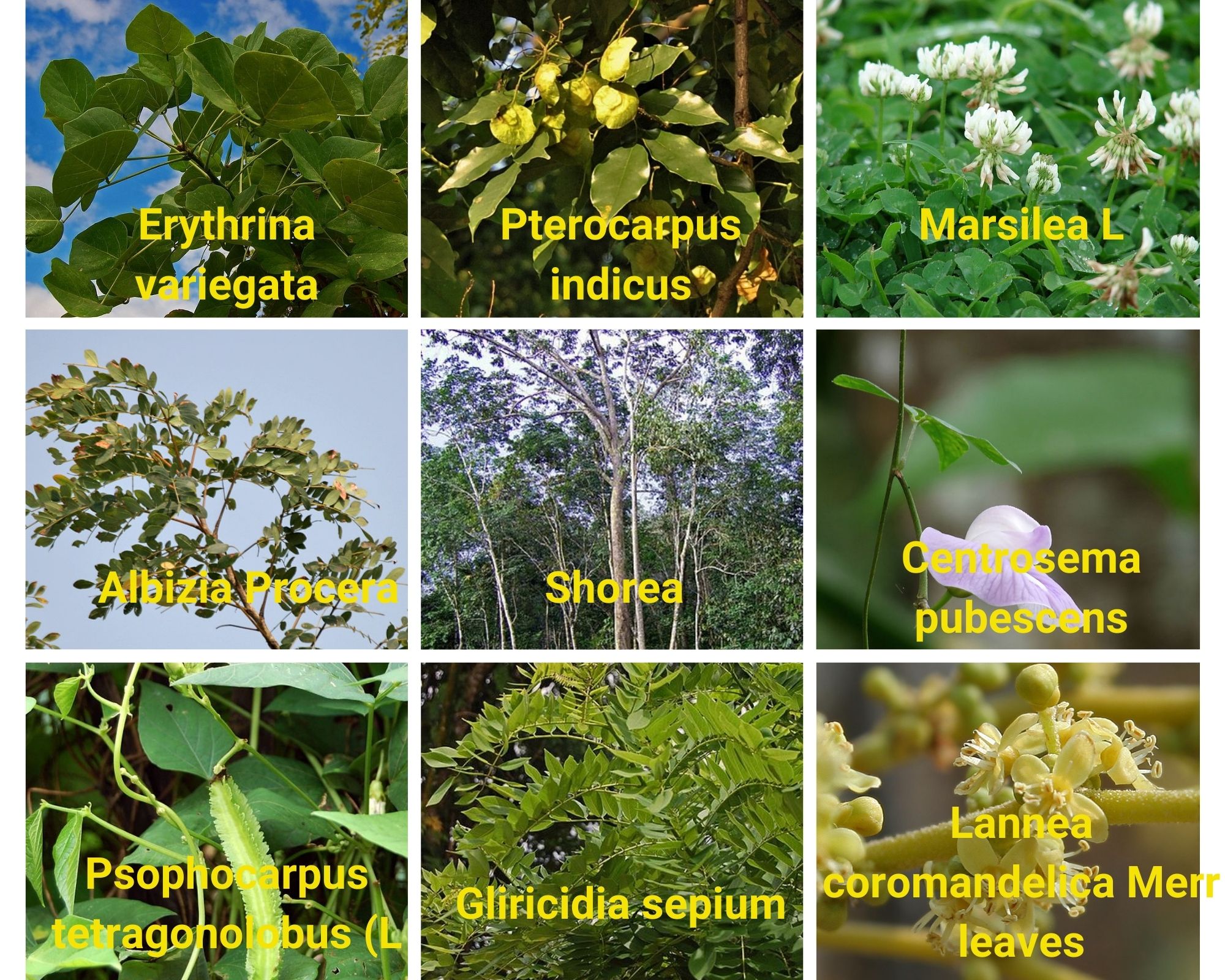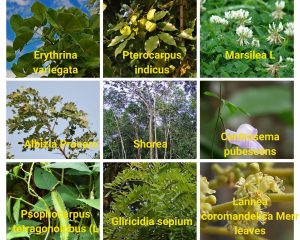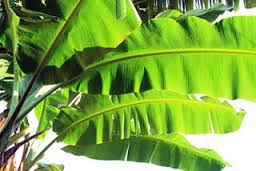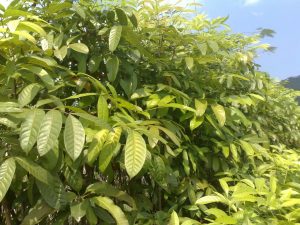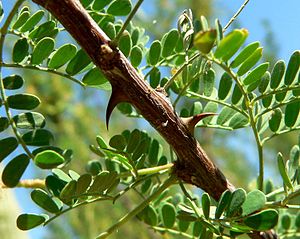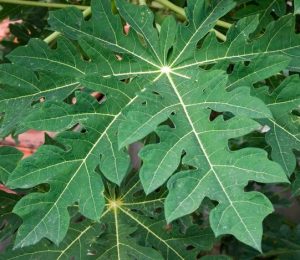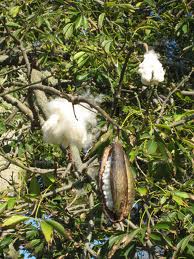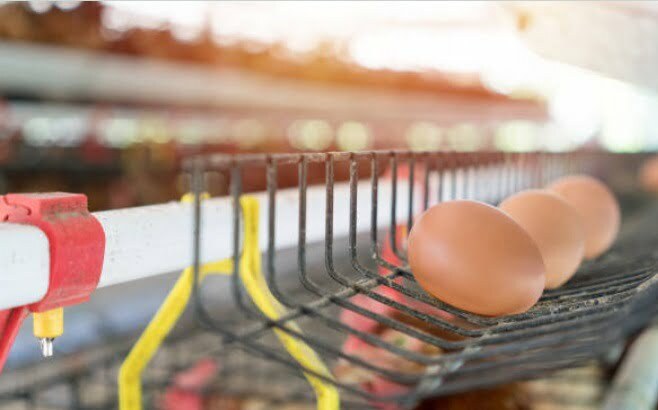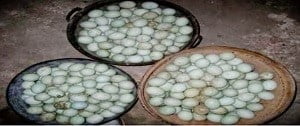What is the best forage for goats?
Is that cheap forage? Can be. The best forage for goats is fodder which can be obtained at a very small cost. The cost here can mean energy, time, and cost.
We can get it in two ways. The first is provided by nature and the second is from agricultural waste.
Those provided by nature are for example grass and other forages such as legumes.
However, both types of feed can become expensive when faced with distance and availability.
The farther the distance to get the forage, the higher the cost. The rarer the availability, the more contested.
So, to be able to get low-cost feed, you can try making a checklist of the following questions.
What types of forage and agricultural waste can be made into goat feed?
What can be available in the long term?
Which is the closest?
What types of feed have low competition?
As much as possible avoid highly competitive feed.
For example corn straw. Cattle farms use this feed a lot.
For concentrate, avoid ingredients from corn, although corn is indeed very good as goat concentrate.
Corn is widely used for poultry. And the demand for poultry is always high so it will be expensive.
We can take rice bran or wheat bran as an option. Despite the high competition, availability is also high. Still easy to get.
For example, if my place is like this.
Cassava leaves, peanut straw, and tapioca industrial waste include cassava pulp and skin and the tips of cassava tubers.
During the big harvest, cassava leaves are available in abundance for about 4 months. Peanut straw should last for about 1 month.
Tapioca industrial waste is always there during the dry season. Because during the rainy season, the factory is usually not active.
So, the majority of goat farms where I come from, the feed is from this cassava. With the analysis above, the difficult times to find goat feed were only brief.
Tapioca industrial waste is very cheap. By drying and storing, it can last for several months.
Goat feed ingredients
The original goat feed is forage. This forage can be grass or leaves.
If now there are many types of fermented goat feed, so be it. Don’t protest too much. After all, the goats were able to adapt and the results were also fine. We take what is beneficial.
Regarding the type of grass, this doesn’t matter. We don’t need to know the names. Moreover, the scientific name is no longer needed in the world of cut and carry.
What is less well understood is usually the leaves. There are leaf types that are popular and some are not.
Especially for forage legumes. Often given to goats but do not know if it is a type of legume. Legumes are a good source of protein for livestock.
This is a list of legume plants that can be used as goat feed. [1]
Albizia Chinensis
Gliricidia sepium
Pterocarpus indicus
Arachis hypogaea
Senna siamea
Leucaena leucocephala
Vegetable hummingbird or Sesbania grandiflora
Centrosema pubescens
Calliandra
Water clover or Marsilea L.
Erythrina variegata
Shorea
Psophocarpus tetragonolobus
Albizia Procera
Here’s the figure for the less popular legume above. As for Albizia Chinensis, Sesbania grandiflora, and Calliandra, I think many people already know.
Another leaf that is also commonly used as feed is this. [1]
Ambarella leaves
Moringa leaves
Cassava leaves
Water guava leaves
Kapok tree leaves
Jackfruit leaves
Mango leaves
Hibiscus leaves
Muntingia calabura leaves
Lannea coromandelica Merr leaves
Mango parasite leaves.
Goat forage ingredients – legume and grass
Forage is given as much as 10-20% of the goat’s body weight. If you don’t have a scale, it’s about this much. Goat kids weaning were given 2-3 kg/head/day, Doeling & buckling was given as much as 4-5 kg / head/day, and Doe & Buck was given 5-6 kg/head/day.
Ideal 3 times a day. If you can’t, at least 2 times a day.
The portion of the morning is moderate, the daytime is the least and the most is given in the afternoon.
The best quality of forage is in the leaves, not the stems. So, if you take the forage, prioritize the leaves.
It is not recommended that you give too many legumes. Ideally between 0.5 – 1 kg / head / day. This weight is the weight of the leaves and strands, not the stem or stalk. So, the leaves from such a heavy legume were quite a lot.
Before being given, the legumes wither for 6 hours. If there are insects, remove them first.
If there is and can afford it, provide forage more than one type. At least two.
For example, between grass and legumes.
For adult goats, the amount of legume given can be as much as 25% in the ration. For pregnant cattle, the need is more, Can be given in the amount of 50% of the ration.
Banana Leaf for goat
Banana is a fruit plant originating from Southeast Asia, including Indonesia. This plant then spread to Africa, Madagascar, South, and Central America.
In West Java, bananas are called Cau, and in Central and East Java, they are called Gedang.
Types of bananas are divided into 4, namely bananas that are eaten by fruit without being cooked, namely Ambon Banana, Milk Banana, Plantain, Cavendish Banana, and Mas Banana.
The bananas that are eaten after the fruit is cooked are jackfruit bananas, horn bananas, and kepok bananas. Bananas with seeds and the last one are bananas that only take fiber.
Banana leaves is one of the best forage for goats.
As a fruit crop, the fruit is only taken at harvest, so it has quite a lot of waste consisting of stems, midribs, and leaves.
The nutritional composition of banana leaves is as follows:
Crude protein (pK) 10.97%
Crude Fat (LK) 4.02%
Crude fiber (SK) 28.90% and TDN 59.92%.
Mahogany Leaves
Mahogany is classified as the Meliaceae family and has two well-known species, namely broad leaf mahogany and narrow leaf mahogany.
Mahogany originates from Central America and South America. This plant grows in dry or wet season areas.
According to the Ministry of Forestry 2004, mahogany plants are mostly planted in Java, reaching 39.99 million trees or about 88.36% of the total tree population in Indonesia.
Mahogany plants in Indonesia are concentrated in three provinces, respectively, Central Java, East, and West.
The nutritional composition of mahogany leaves is
Crude Protein (PK) 11.07%
Crude Fat (PK) 2.02%
Crude Fiber (SK) 29.22%
TDN 59.12%
Acacia Leaves
Acacia is a multipurpose plant, useful for fuel, and is available throughout the year.
The yield of forage biomass in three harvests up to 16 months after planting was 20.7 tonnes/ha.
The crude protein content of acacia leaves is relatively high, around 170 grams per kg of dry weight, but the intake of acacia leaves by goats tends to be lower than in other plants.
The nutritional composition of acacia leaves is
Crude Protein (PK) 14.00%
Crude Fat (PK) 2.76%
Crude Fiber (SK) 30.58%
TDN 62.97%
Jackfruit Leaves
Domestic animals like to eat young jackfruit leaves.
The weakness of jackfruit leaves as animal feed is that there are cellulose lignin bonds that are too strong so that the rumen microbes cannot digest it properly.
The degradation of jackfruit leaves the dry matter in the rumen is slow. The degradation rate at 8-16 hours was 1.31% and at 24-48 hours incubation was 1.10% per hour.
The composition of Nutien from jackfruit leaves is
Crude Protein (PK) 12.73%
Crude Fat (PK) 3.65%
Crude Fiber (SK) 23.48%
TDN 62.26%
Guava Leaves
The nutritional composition of guava leaves is
Crude Protein (PK) 9.38%
Crude Fat (PK) 3.29%
Crude Fiber (SK) 33.72%
TDN 59.10%
Papaya leaf
The nutritional composition of papaya leaves is
Crude Protein (PK) 17.96%
Crude Fat (PK) 9.40%
Crude Fiber (SK) 14.40%
TDN 72.93%
Kapok leaves
The nutritional content of randu leaves is;
Crude Protein (PK) 15.22%
Crude Fat (PK) 2.79%
Crude Fiber (SK) 15.72%
TDN 68.68%
Reference
[1]. Suminar, Dewi Ratna. 2011. Type of Forage in Smallholder Goat Farms in Cigobang Village, Pasaleman District, Cirebon Regency, West Java Province. Department of Nutrition and Feed Technology, Faculty of Animal Science IPB Bogor.Supriyadi, Ahmad. 2012. Potential forage as a source of beef cattle feed. Faculty of Animal Husbandry uns. digilibuns.ac.id
help us by liking and sharing this post. thank you
 JOYNIM FARM Goat Farming, Cattle Farm, Laying Hens, Quail Farm, Gardening
JOYNIM FARM Goat Farming, Cattle Farm, Laying Hens, Quail Farm, Gardening
